Why Bother?We borrowed the catchy phrase,” don’t guess...soil test,” from the Penn State extension. Are you a 5-Step lawn applicator? Do you hire a lawn service to spray chemicals on your lawn? You may be wasting your money and harming water systems. Plants are similar to people. Humans seek tests for cholesterol, blood pressure, and a variety of other health metrics which give guidelines on how to best feed and care for our bodies. Similarly with plants, we need to test and ensure that we are giving them the proper food to thrive and withstand stresses like drought, pests and diseases. The healthier a plant, the quicker it can respond to stresses without chemical intervention. Proper soil fertility is the foundation for plant health. Whether you have grass, flowers, trees or a few shrubs, you will save money and our environment by conducting a soil test. It provides you with exactly the nutrients required for your lawn and plants. A $9.00 investment in a Penn state soil test will inform you about organic matter, pH in the soil and ensure that you are applying the proper amounts and type of plant food. Soil tests often reveal that adequate quantities of soil nutrients are present, thus preventing unnecessary or harmful fertilizer applications. Feed the soil, not the plant |
|
|
|
|
Soil testing should always be a fundamental step of landscape design. I’ve had clients seek my help when two pricey trees were planted in the same spot, and despite proper care, each died. In another case, a soil test of a lawn revealed that a back yard had an overabundance of fertilizer because of poor drainage; and a front yard on the same property showed very different results because of its slope. Therefore, the treatment to improve each portion of the lawn was altered. In this instance, use of a traditional 5-step program would have resulted in washing chemicals and money down the drain, and into streams and rivers.
In preparation for the spring planting season, order a soil testing kit from your state’s extension office. Take the guessing out of gardening.
For more information on healthy soils visit the USDA website or PASA (Pennsylvania Sustainable Agriculture).
0 Comments
Your comment will be posted after it is approved.
Leave a Reply.
Thank you for finding us! Holly and I have collaborated to bring you informative, fun, and seasonal garden inspiration blogs.
Subscribe to receive our blogs on the 1st and 15th of the month--Gwen
Subscribe to receive our blogs on the 1st and 15th of the month--Gwen
Follow my landscape & garden design Pinterest Page to see more pics, inspiration and Gwen's home garden journey!
Authors
Gwen Wisniewski: Landscape and Garden Designer. Contact me. Let me help you integrate these garden inspirations. Choose the links below to find out more about my landscape design service or to make an appointment.
Holly Schultz: Blog & magazine writer and editor. Contact me for writing. I look forward to working with you.
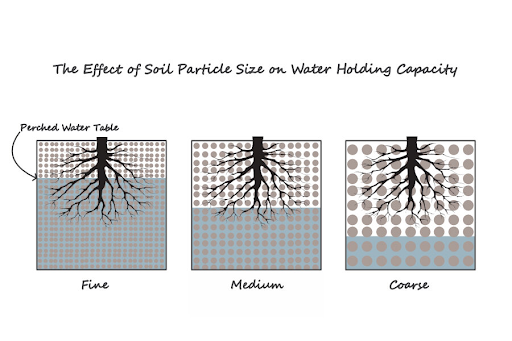
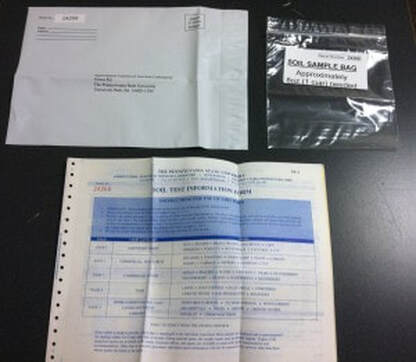
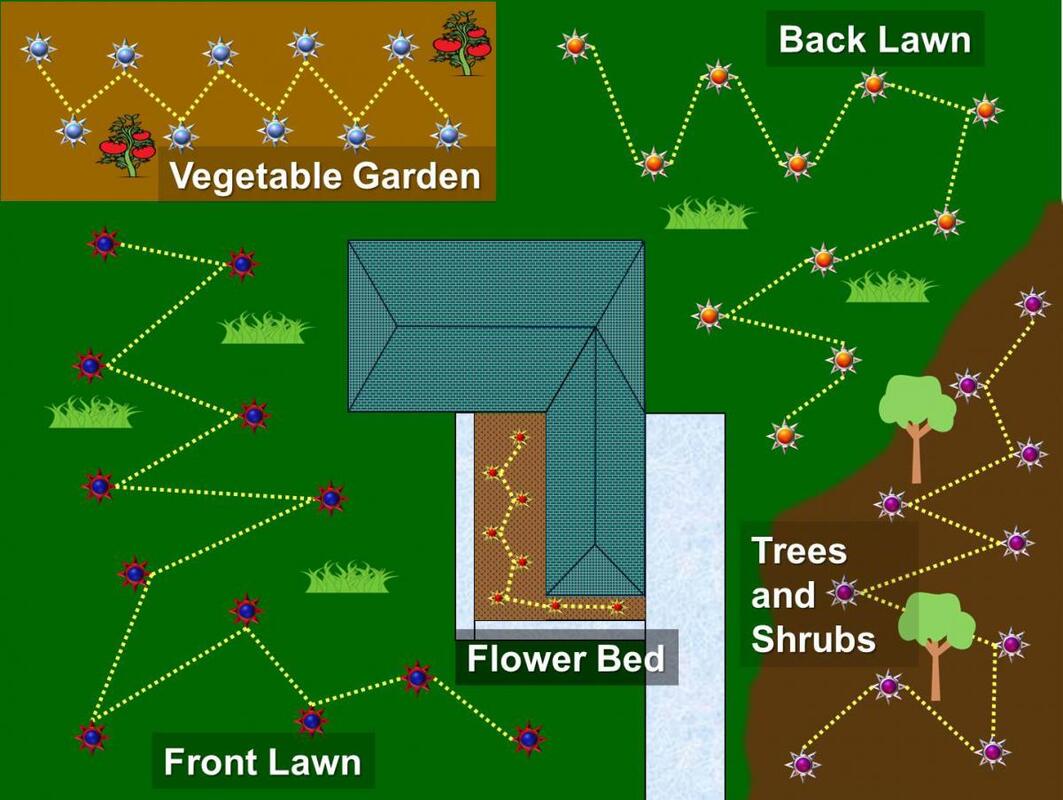
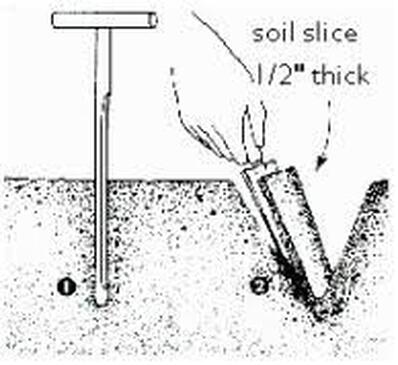
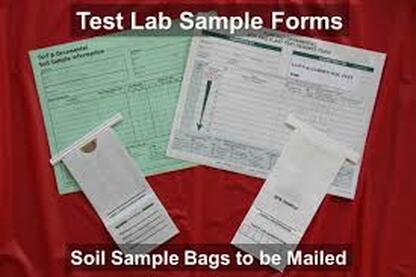
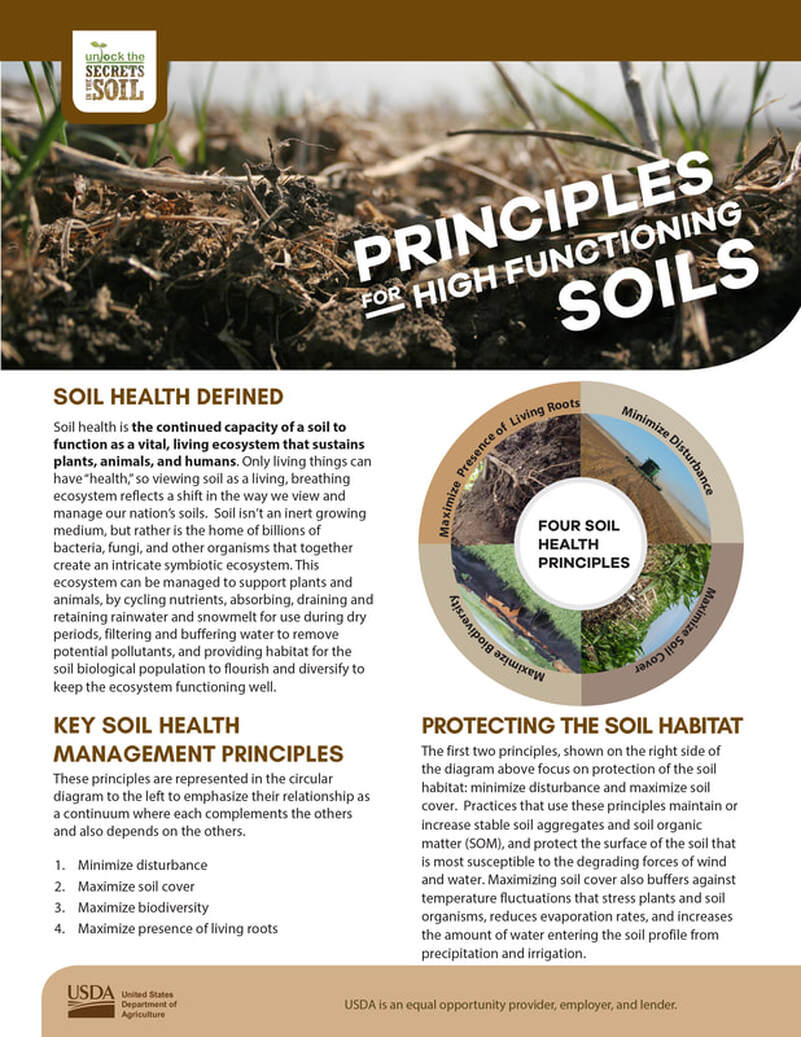


 RSS Feed
RSS Feed